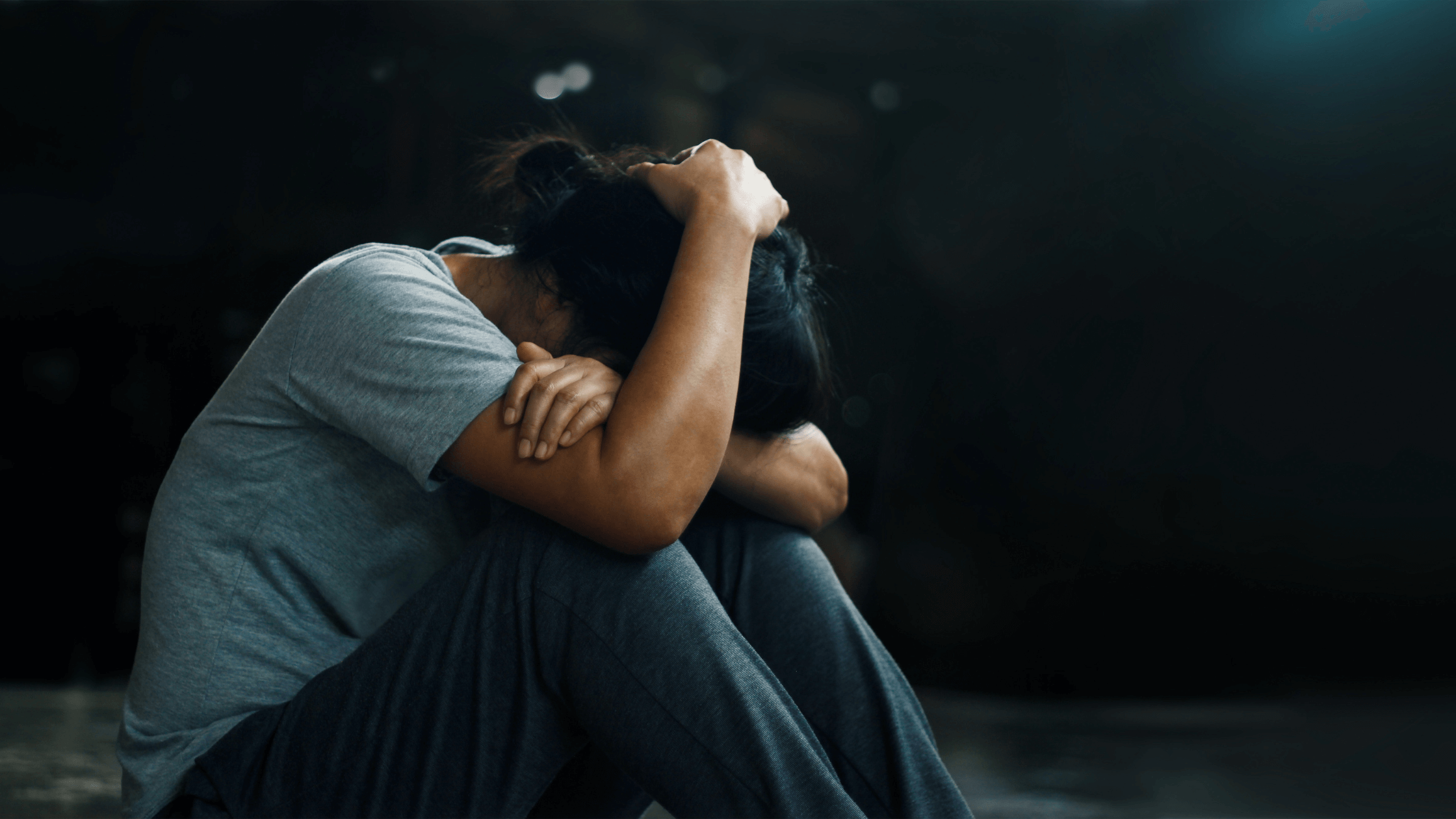Mental health issues are common in jails. About 20% of people in jails have a mental illness, according to one survey. While other research shows that about 44% of people in jails have a history of mental illness. That makes caring for inmates with mental health issues a significant factor in corrections facilities. Here’s a look at the most common mental health issues in jails.
Contributing Factors to Mental Illness in Jail
About 19% of adults in the country have a mental illness, so why is the percentage even higher in the jail population? Here are some contributing factors:
- Lack of Access to Mental Health Care. Many people with mental health conditions have limited to no access to affordable mental health care, leaving their conditions untreated and pushing many of these people into the criminal justice system.
- Criminalization of Mental Illness. Law enforcement often serves as the de facto first responders to mental health crises, resulting in arrests rather than treatment. Behaviors linked to untreated mental illness, such as public disturbances or aggression, often result in incarceration rather than medical intervention.
- Substance Use and Co-Occurring Disorders. People with untreated mental health conditions may turn to drugs or alcohol to cope, leading to addiction and legal troubles. The most recent national research on the topic shows that about 60% of people in jail have a substance use disorder, which frequently co-occurs with mental illness.
- Trauma and Adverse Life Experiences. A large percentage of incarcerated people have experienced physical, emotional, or sexual abuse, which increases the risk of developing mental health issues such as Post-Traumatic Stress Disorder (PTSD) and depression. One study found that 95% of incarcerated people have experienced at least one traumatic event. Another study found that 9.8% of jailed people have PTSD.
- Isolation and Overcrowding. The lack of privacy, overcrowding, and solitary confinement can worsen existing mental health conditions or trigger new ones.
- Lack of Support. Jails are often ill-equipped to provide adequate mental health care, leaving jailed people without the necessary resources to manage their conditions. Also, correctional staff may lack training in recognizing and addressing mental health needs, leading to disciplinary responses rather than therapeutic interventions.
The Most Common Mental Health Issues in Jail
People in jail have unique challenges that can exacerbate pre-existing mental health conditions or contribute to the development of new ones. Here are some of the most common mental health issues in jail populations
Depression and Anxiety Disorders
Depression and anxiety are the two most common mental health diagnoses in the U.S. These mental health concerns are even more common in jail. One study found that 25% of people in jail have anxiety. Another study found that nearly 40% of people in jail have depression.
People in jail frequently report sadness, hopelessness, and excessive worry. These feelings likely are because of their situation, including loss of autonomy, the monotony and isolation of jail, and separation from loved ones.
If these disorders go untreated, these people are at an increased risk of self-harm and suicide.
Post-Traumatic Stress Disorder
As reported above, about 10% of jailed people experience PTSD, which is the most severe trauma disorder. This is because many of these people experience trauma, like abuse or violence, before incarceration. They come into the jail with untreated PTSD, and then they may be re-traumatized in jail through the conditions of their new living experience.
Without proper intervention, PTSD can lead to behavioral outbursts, difficulties following rules, and heightened vulnerability. In other words, it can make the jail experience even more volatile and dangerous for the person experiencing the trauma and those around them.
Substance Use Disorders
Substance use disorders are common in jailed people, as addressed above. Substance use often co-occurs with disorders like depression, bipolar disorder, or PTSD. In fact, research says that about half of people with a substance use disorder also have another mental health diagnosis.
People with addictions who are jailed often experience withdrawal symptoms, which can be life-threatening if not properly managed. Also, without access to long-term treatment, many people who are jailed relapse upon release, increasing their risk of re-incarceration.
Schizophrenia and Other Psychotic Disorders
Inmates with psychotic disorders may struggle to understand and follow rules, leading to disciplinary actions rather than treatment. Correctional staff may misinterpret symptoms as defiance or aggression, further isolating these people.
That’s because these conditions involve symptoms such as hallucinations, delusions, and disorganized thinking. Without access to proper medication or therapy, symptoms often worsen.
Personality Disorders
Personality disorders like Borderline Personality Disorder (BPD), which is characterized by emotional instability, impulsivity, and fear of abandonment, and Antisocial Personality Disorder (ASPD), which is associated with disregard for societal norms and a lack of empathy, are prevalent in jail populations.
Jailed people with personality disorders often struggle with interpersonal relationships, making them more prone to conflicts with other people in jail and corrections staff.
Bipolar Disorder
The percentage of jailed people who experience bipolar disorder is anywhere from 2-25%, depending on the study you view. The disorder causes extreme mood swings, including manic episodes of heightened energy, impulsivity, and irritability, followed by depressive episodes. These times of mania and depression tend to repeatedly rotate without intervention.
In a jail environment, manic behavior may be misinterpreted as disruptive or aggressive, leading to disciplinary measures. Conversely, depressive episodes may go unnoticed, leaving jailed people to suffer in silence.
Suicide and Self-Harm
While suicide and self-harm aren’t mental health diagnoses, they can be the result of many mental health issues that aren’t properly treated.
Suicide is the leading cause of death in jails, with jailed people often experiencing acute distress, hopelessness, or fear.
The risk of self-harm and suicide increases when mental health issues aren’t properly recognized and treated.
Solutions and Best Practices
Mental health issues are a huge concern in jails. So, what’s the solution? As often is the case, it’s not just one thing but a series of actions that can help keep jailed people safe.
Improved Mental Health Screenings
Having regular mental health screenings can make a big difference. This means implementing thorough mental health evaluations — using evidence-based screening tools — for all people upon admission to identify conditions early.
In addition, having access to regular check-ins with mental health professionals to track inmate well-being throughout their incarceration leads to a more stable facility population.
Expanded Access to Treatment
Mental health treatment in jails shouldn’t be an afterthought. When able, jails should employ trained mental health professionals to provide counseling, therapy, and medication management.
Jails that have established these types of consistent mental health programs have greater success in managing their populations.
Training for Correctional Staff
Corrections staff are often the first line of defense when it comes to mental health issues in jails. That means these staffers must be trained to recognize symptoms of mental illness and respond appropriately. This training must emphasize de-escalation techniques to handle jailed people in crisis without resorting to punitive measures.
In addition, jail staff should understand the impact of trauma and work toward creating an environment that minimizes re-traumatization.
Enhanced Jail Diversion Programs
Jails are not mental health treatment centers, and they shouldn’t be used as such. People with mental illnesses should be diverted to mental health treatment instead of jailed. This change might include prioritizing treatment over incarceration for people with mental health conditions and allowing for monitoring compliance with treatment plans as an alternative to jail time.
Advocating for Policy Changes
The changes to address mental health issues in jails aren’t just a facility-by-facility issue. They must be addressed on a wide scale. That means advocating for increased investment in jail mental health services and community mental health programs to prevent incarceration in the first place. It also means pushing for legislation that reduces arrests for nonviolent offenses related to mental illness and funds mental health training for first responders, so they are better equipped to recognize mental health concerns.
Promoting Public Awareness
People can’t advocate for or address issues they are unaware of or don’t understand. Raising awareness about the intersection of mental health and incarceration can help reduce stigma and build support for systemic change. It also helps to encourage community members to volunteer, donate, or advocate for programs that address mental health in jails.
Addressing Mental Health Issues in Jails
TK Health understands the importance of addressing mental health issues in jails. We offer correctional health care services to about 150 jails in a dozen states. Our mission is to provide quality care, including mental health care, to those in our correctional partners’ care. To fulfill this mission, we provide various services, including mental health and psychiatric care and tele-psych services. To learn more about partnering, contact us today.

